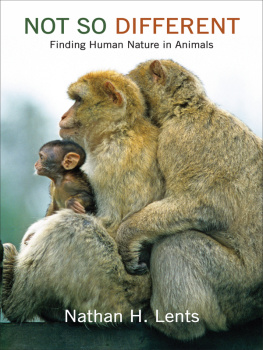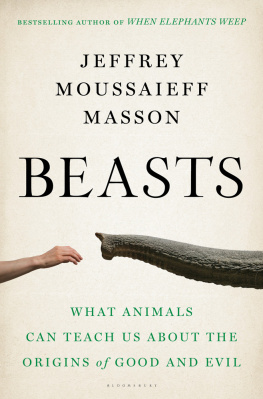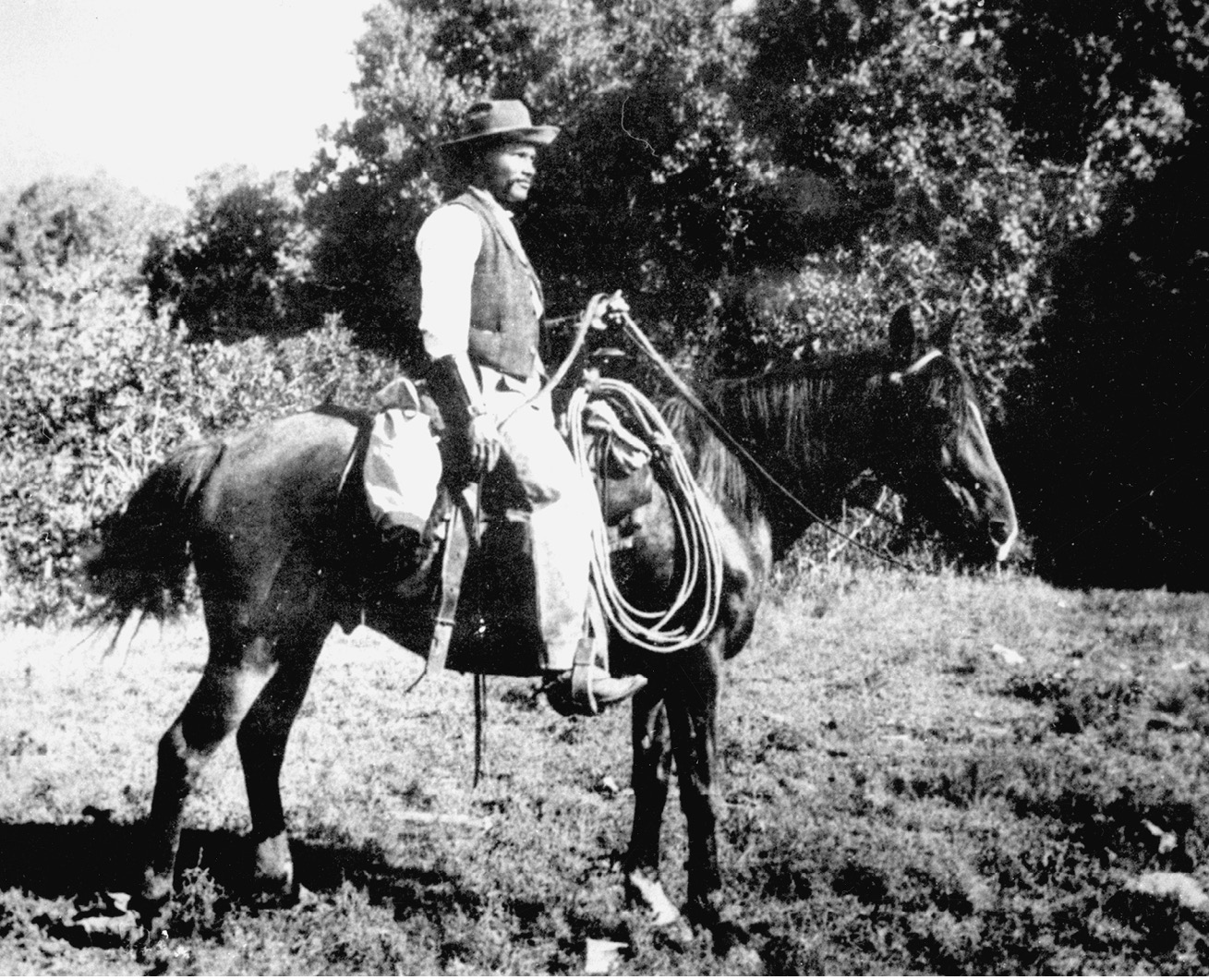Dan Flores - Wild New World: The Epic Story of Animals and People in America
Here you can read online Dan Flores - Wild New World: The Epic Story of Animals and People in America full text of the book (entire story) in english for free. Download pdf and epub, get meaning, cover and reviews about this ebook. City: New York, year: 2022, publisher: W. W. Norton & Company, genre: History. Description of the work, (preface) as well as reviews are available. Best literature library LitArk.com created for fans of good reading and offers a wide selection of genres:
Romance novel
Science fiction
Adventure
Detective
Science
History
Home and family
Prose
Art
Politics
Computer
Non-fiction
Religion
Business
Children
Humor
Choose a favorite category and find really read worthwhile books. Enjoy immersion in the world of imagination, feel the emotions of the characters or learn something new for yourself, make an fascinating discovery.

- Book:Wild New World: The Epic Story of Animals and People in America
- Author:
- Publisher:W. W. Norton & Company
- Genre:
- Year:2022
- City:New York
- Rating:4 / 5
- Favourites:Add to favourites
- Your mark:
Wild New World: The Epic Story of Animals and People in America: summary, description and annotation
We offer to read an annotation, description, summary or preface (depends on what the author of the book "Wild New World: The Epic Story of Animals and People in America" wrote himself). If you haven't found the necessary information about the book — write in the comments, we will try to find it.
One of Kirkus Reviews Best Nonfiction Books of 2022
A deep-time history of animals and humans in North America, by the best-selling and award-winning author of Coyote America.
In 1908, near Folsom, New Mexico, a cowboy discovered the remains of a herd of extinct giant bison. By examining flint points embedded in the bones, archeologists later determined that a band of humans had killed and butchered the animals 12,450 years ago. This discovery vastly expanded Americas known human history but also revealed the long-standing danger Homo sapiens presented to the continents evolutionary richness.
Distinguished author Dan Floress ambitious history chronicles the epoch in which humans and animals have coexisted in the wild new world of North Americaa place shaped both by its own grand evolutionary forces and by momentous arrivals from Asia, Africa, and Europe. With portraits of iconic creatures such as mammoths, horses, wolves, and bison, Flores describes the evolution and historical ecology of North America like never before.
The arrival of humans precipitated an extraordinary disruption of this teeming environment. Flores treats humans not as a species apart but as a new animal entering two continents that had never seen our likes before. He shows how our long past as carnivorous hunters helped us settle America, initially establishing a coast-to-coast culture that lasted longer than the present United States. But humanitys success had devastating consequences for other creatures. In telling this epic story, Flores traces the origins of todays Sixth Extinction to the spread of humans around the world; tracks the story of a hundred centuries of Native America; explains how Old World ideologies precipitated 400 years of market-driven slaughter that devastated so many ancient American species; and explores the decline and miraculous recovery of species in recent decades.
In thrilling narrative style, informed by genomic science, evolutionary biology, and environmental history, Flores celebrates the astonishing bestiary that arose on our continent and introduces the complex human cultures and individuals who hastened its eradication, studied Americas animals, and moved heaven and earth to rescue them. Eons in scope and continental in scale, Wild New World is a sweeping yet intimate Big History of the animal-human story in America.
40 illustrations and 4 mapsDan Flores: author's other books
Who wrote Wild New World: The Epic Story of Animals and People in America? Find out the surname, the name of the author of the book and a list of all author's works by series.











